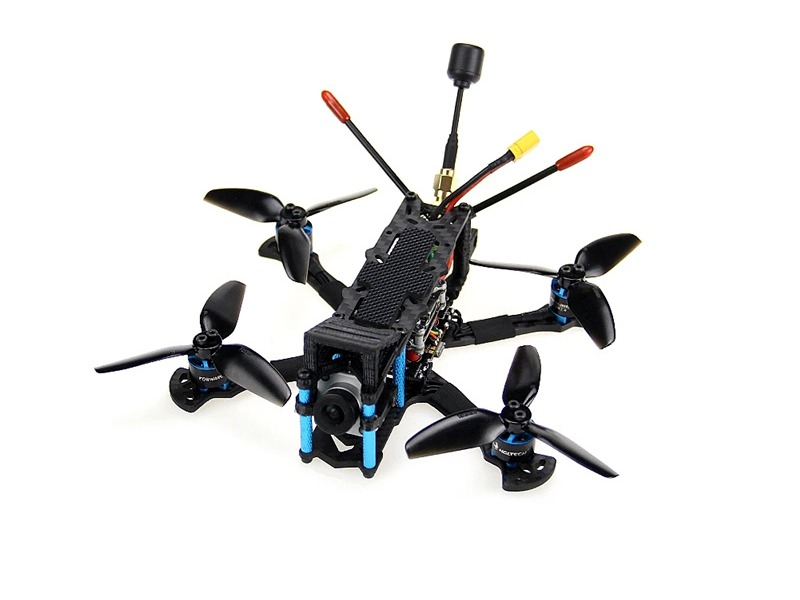Can I fly my drone during snowfall?

The answer to the question of whether you can fly your drone during snowfall is yes, but with some caveats.
First, it is important to check the local laws and regulations regarding drone flight in your area. Some areas may have restrictions on flying drones in certain weather conditions, such as snowfall. Additionally, some areas may require a permit for flying a drone in snowfall.
Second, it is important to consider the type of drone you are flying. Smaller drones may be more susceptible to wind and snow, and may not be able to handle the conditions. Larger drones may be able to handle the weather better, but they may still be affected by wind and snow.
Third, it is important to consider the type of snowfall you are dealing with. Light snowfall may not affect the drone’s ability to fly, but heavy snowfall may cause the drone to lose power or become unstable. Additionally, if the snow is wet, it can cause the drone to become heavy and difficult to control.
Fourth, it is important to consider the temperature. If the temperature is too low, the drone’s battery may not be able to handle the cold and may not be able to provide enough power for the drone to fly.
Finally, it is important to consider the visibility. If the snow is too thick, it may be difficult to see the drone, making it difficult to control. Additionally, if the snow is falling heavily, it may cause the drone to become unstable.
In conclusion, it is possible to fly a drone during snowfall, but it is important to consider the local laws and regulations, the type of drone you are flying, the type of snowfall, the temperature, and the visibility. If you are able to take all of these factors into consideration, you should be able to fly your drone safely during snowfall.
Comments / Question
2. Increase the gap between your aircraft and other aircraft in the vicinity.
3. Monitor the weather closely and adjust your flight route accordingly if the conditions change.
4. Carry de-icing equipment in case of snow and ice build up on the aircraft.
5. Be aware of potential icing conditions, both on the ground and in the air.
6. Check the weight and balance of the aircraft before each flight.
7. Monitor the temperature of the anti-icing and de-icing systems closely.
8. Increase your minimum safe altitude to allow for additional maneuvering room.
9. Stay alert and aware of potential hazards, such as large birds or flocks of birds.
10. Have a plan in place to divert the flight if necessary.
2. Check the weather conditions before flying. Avoid flying in high winds, heavy snowfall, or other severe weather conditions.
3. Use high-quality batteries designed for cold weather flying. Make sure your batteries are fully charged and that you have multiple spare batteries available.
4. Make sure your drone is visible in the snow. Use bright colors or LED lights to make it easier to see your drone while flying.
5. Avoid flying your drone in snowstorms. The snow can interfere with the drone's sensors and cause it to crash.
6. Keep your drone close to you and in sight at all times. Avoid flying over large bodies of water or in areas with limited visibility.
7. Fly your drone slowly, as the snow can affect its ability to maneuver.
8. If possible, fly in open areas away from trees and other obstacles.
9. Pay close attention to the battery power level. Cold temperatures can cause the battery to drain more quickly than usual.
2. Check the weather conditions before flying and avoid flying in poor visibility or high winds.
3. Equip your drone with anti-icing features or use a drone with a built-in anti-icing system.
4. Monitor your drone’s battery levels and temperature to ensure it is not affected by the cold.
5. Fly your drone at a lower altitude to avoid snow and ice buildup on the propellers.
6. Avoid flying over people or populated areas.
7. Avoid flying near airports, airfields, or other restricted airspace.
8. Keep your drone in sight at all times and maintain a safe distance from other aircraft.
9. Be aware of any potential hazards such as power lines, trees, or other obstacles.
10. Land your drone as soon as possible if it begins to snow or ice accumulates on the drone.

